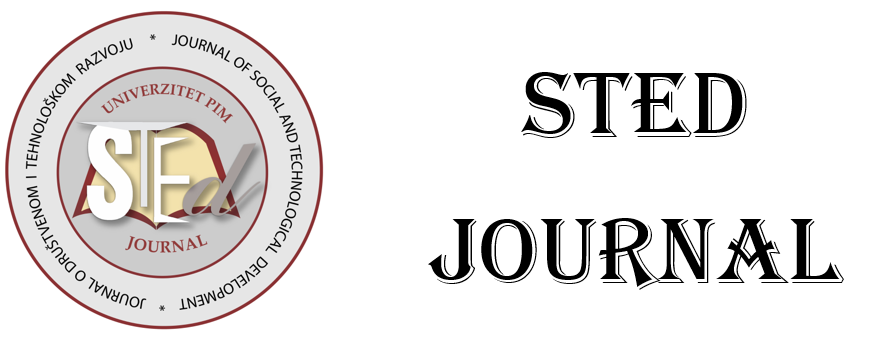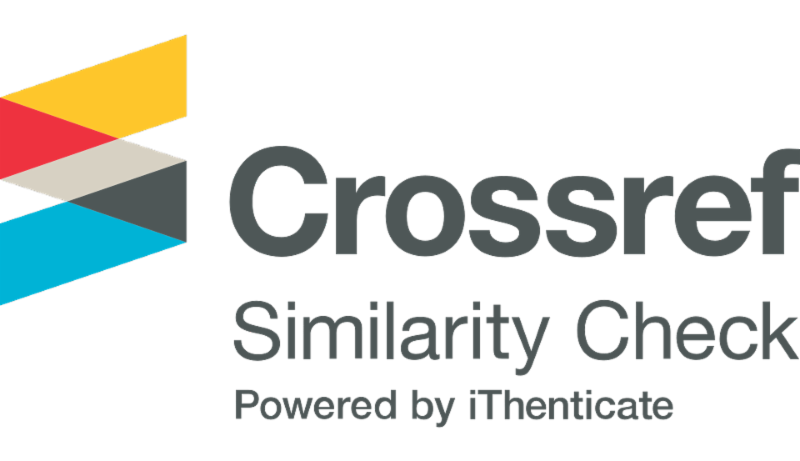Current issue

Volume 7, Issue 2, 2025
Online ISSN: 2637-2614
ISSN: 2637-2150
Volume 7 , Issue 2, (2025)
Published: 28.11.2025.
Open Access
All issues
Contents
30.05.2025.
Review scientific paper
MODELING A PURIFICATION SYSTEM FOR EFFICIENT REMOVAL OF ABRASIVE IMPURITIES
Aluminium and silicon particles in fuel known as “cat fines” are catalytic residues from the refinery process. They can cause mechanical damage to fuel pumps, injectors, piston rings and cylinder liners. They are very hard and highly abrasive, thus causing abrasive wear to main engine components. These impurities in marine fuel must be minimised to recommended levels. One of the main tasks of the fuel treatment plant on a ship is to separate solids and water from the fuel. Modern vessels are equipped with fuel separators which rotate at a high speed (more than 6,000 rev/min) producing centrifugal force and providing good separating effect even for small solid particles (Al+Si). Proper settling and regular drainage from the tanks, even when adequate filtration is applied, are not sufficient for proper fuel preparation. The quality of purifier operation varies over years because it is affected by a large number of factors. For the purpose of this paper, over twelve thousand fuel samples were analysed to determine the current efficiency of the purifiers and whether they can meet the stringent requirements of marine engine manufacturers. The data will be taken from a tanker ship, considering different operational scenarios. These scenarios are linked to the maximum possible fuel consumption on the ship during exploitation. Using the Simulink program for the system simulation, optimisation can be achieved in the operation of fuel separator. This optimization refers to the required amount of fuel and quality of separation, particularly concerning the removal of abrasive impurities.
Miroslav Vukičević, Boris Hrnčić, Zdravko Ikica, Vladan Vuković










